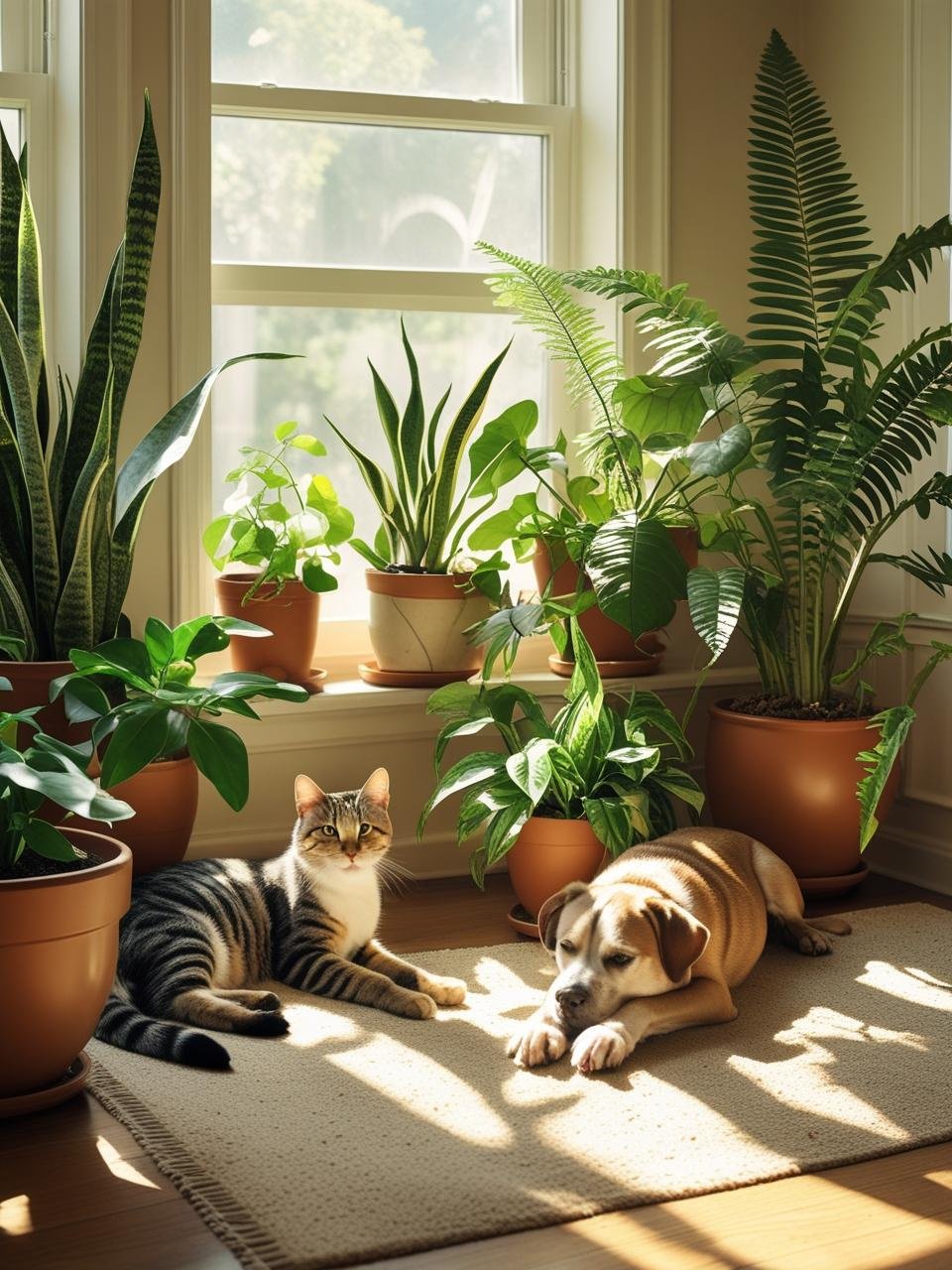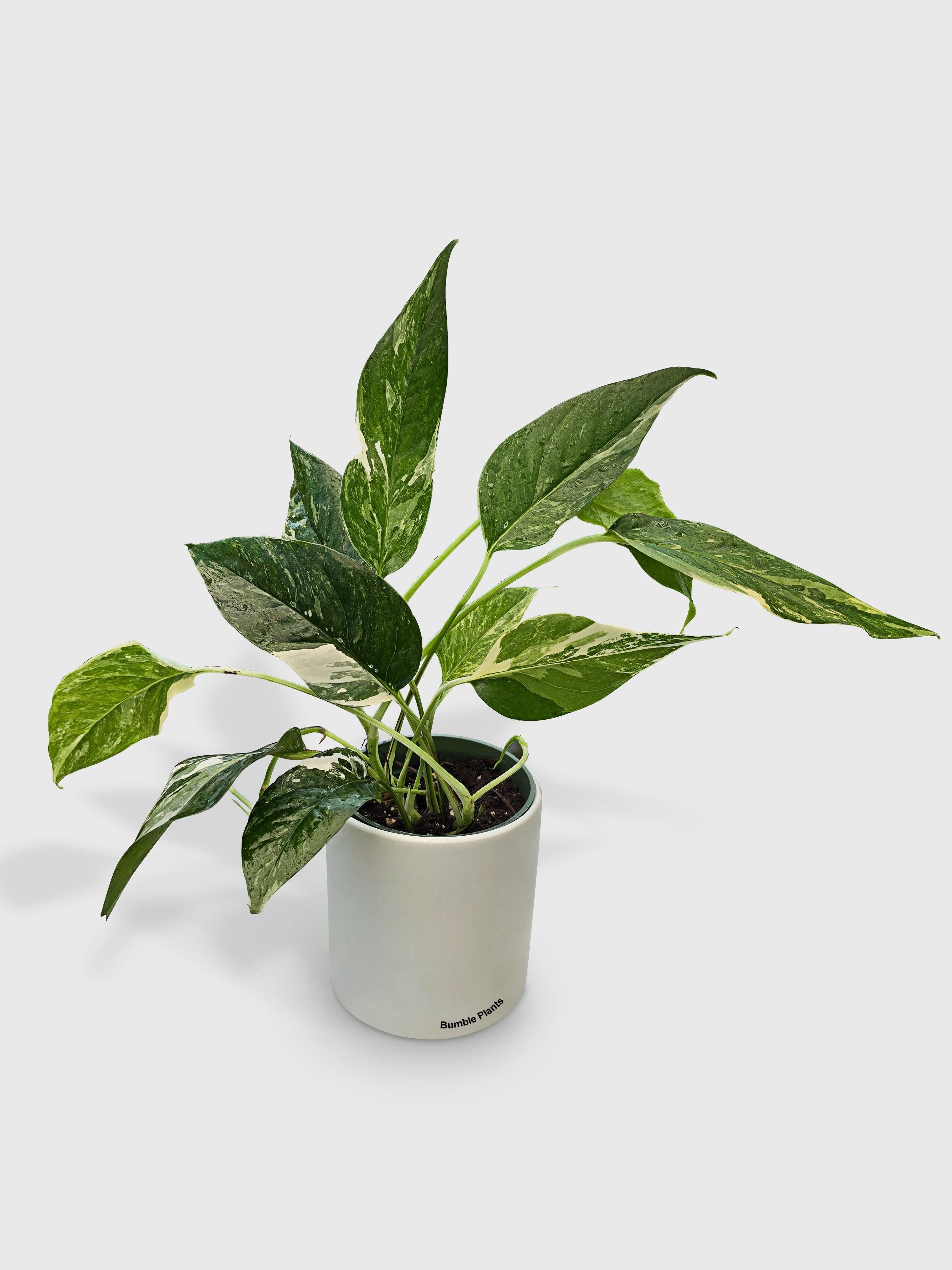Soil Amendments: A Key to Successful Plant Growth
The leaves may look droopy, or the growth seems stunted. Indoor plants face unique challenges compared to their outdoor counterparts. Confined to pots, they rely on us to create an optimal environment for their roots to flourish. This is where the magic of soil amendments comes in. Think of them as plant vitamins and growth boosters! These specially formulated ingredients, like organic soil enhancers and plant nutrient additives, can significantly improve the quality of your indoor potting mix, creating a thriving ecosystem for your leafy companions. So, ditch the guesswork and unlock the vibrant potential of your indoor jungle with the power of soil amendments!
Unleashing Your Indoor Oasis: The Importance of Soil Amendments
Are they ever nurturing a beloved houseplant that seems a little lackluster? Drooping leaves or slow growth can be frustrating, but don't despair! The key to unlocking a vibrant indoor oasis might lie beneath the surface, in the world of your plant's roots. While sunlight and water are crucial, the foundation of healthy indoor plant growth starts with soil amendments.
Unlike their outdoor brethren, who have access to vast, nutrient-rich soil, indoor plants are confined to pots. Over time, essential nutrients can be depleted, and the potting mix might struggle with drainage or aeration. This is where soil amendments step in as superheroes, saving the day for your plant pals!
Here's how soil amendments work their magic:
Enhanced Soil Properties: Amendments can significantly improve the overall quality of your potting mix. They can promote better drainage, allowing for proper air circulation around the roots (goodbye, root rot!). Additionally, some amendments help the soil retain moisture more effectively, preventing your plant from drying out too quickly.
Nutrient Boost: Many amendments act as a reservoir of essential plant nutrients, providing a slow and steady release over time. This keeps indoor plants happy and healthy, promoting lush growth and vibrant foliage.
The Powerhouse Four: Essential Soil Amendments for Indoor Success
When it comes to crafting the perfect indoor potting mix, there are a few superstar ingredients that deserve a spot in your plant care toolkit. These "powerhouse four" amendments offer a range of benefits to keep your indoor jungle thriving:
Organic Powerhouse: Compost - Nature's Gift to Thriving Plants
Compost is like a superhero cape for your indoor plants! The decomposition of organic materials like food scraps and yard waste creates this nutrient-rich amendment. Here's why compost deserves a place in your potting mix:
Packed with Nutrients: Compost is a natural source of essential plant nutrients, including nitrogen, phosphorus, and potassium. This slow-release nourishment helps your plants grow strong and healthy.
Improved Soil Structure: Compost acts like a tiny sponge, helping the soil retain moisture more effectively and promoting good drainage and aeration. This creates a happy medium for your plant's roots.
Using Compost Effectively: Not all compost is created equal. Opt for high-quality, aged compost to avoid introducing weed seeds or pathogens to your plants. A good rule of thumb is to mix around 1/3 of the compost into your base potting mix for most indoor plants.
Drainage Champion: Perlite - The Key to Avoiding Root Rot
Perlite might not sound glamorous, but it plays a crucial role in keeping indoor plants healthy. This lightweight, volcanic rock comes in small, white granules and is a champion for good drainage.
The Drainage Hero: Perlite helps prevent the potting mix from becoming waterlogged, which can lead to dreaded root rot. It allows excess water to drain freely, ensuring proper air circulation around the roots.
Ideal Ratios: The perlite you need will depend on the specific plant and the base potting mix you use. A 1:1 perlite to potting mix ratio is a good starting point for most indoor plants. Cacti and succulents, which prefer drier conditions, might benefit from a higher proportion of perlite (up to 2:1).
Moisture Maestro: Vermicompost - Retaining Essential Hydration
Vermicompost, also known as worm castings, is another superstar amendment produced by everyone's favorite recyclers - worms! Don't worry; it's odorless and easy to use. Here's how vermicompost benefits your indoor plants:
Moisture Retention Magic: Vermicompost acts like a tiny sponge, helping the soil retain moisture more effectively. This is particularly beneficial for plants that enjoy consistently moist soil.
Nutrient Delivery: Vermicompost is also packed with readily available plant nutrients, significantly boosting indoor plants' growth.
Incorporating Vermicompost: A good starting point is to add around 10% vermicompost to your base potting mix. For plants that prefer consistently moist soil, you can increase the amount to 20%.
Conditioning Champion: Peat Moss - Enhancing Structure and Acidity
Peat moss is a popular amendment that offers several benefits, but it's essential to use it responsibly. Here's what you need to know:
Improved Structure: Peat moss acts like a binder, helping the potting mix retain its structure and prevent it from becoming compacted. This allows for good drainage and air circulation.
Catering to Acid-Lovers: Peat moss is naturally acidic, making it a good choice for plants that thrive in slightly acidic soil, like ferns and African violets.
Using Peat Moss Responsibly: Peat moss is a finite resource, and harvesting it can have environmental consequences. Consider these eco-friendly alternatives for some plants: coco coir (made from coconut husks) or repotted bark (for orchids). We'll explore more specialized amendments for specific needs later, but these "powerhouse four" are an excellent foundation for creating a thriving indoor plant haven!
Crafting Your Indoor Soil Mix: A DIY Guide
Are you feeling empowered to take control of your indoor plant's environment? You can create your customized potting mix using the "powerhouse four" amendments and a base potting mix. Here's a helping hand to get you started:
Considering Your Plant's Needs: The first step is to understand your plant's specific needs. Some plants prefer fast-draining soil, while others enjoy consistently moist conditions. Do some research on your plant's ideal growing environment.
Pot Size Matters: The size of the pot also plays a role. A larger pot will require more potting mix, while a smaller pot might need a slightly higher proportion of amendments for proper drainage and aeration.
A Basic Recipe for Success:
Here's a basic recipe for a well-balanced indoor potting mix that you can adjust based on your plant's needs:
2 parts base potting mix: Choose a good quality, pre-mixed potting mix specifically formulated for indoor plants. These mixes often contain a blend of ingredients like peat moss, perlite, and bark for good drainage and aeration.
1 part compost: As mentioned earlier, compost provides a slow release of nutrients and improves soil structure. 1 part perlite ensures proper drainage and air circulation around the roots.
Additional Tips for Successful DIY Soil Amendments:
Composting at Home: Consider composting your own food scraps and yard waste to create a continuous supply of nutrient-rich compost for your indoor plants.
Sustainable Sourcing: Look for amendments from companies committed to sustainable practices, especially regarding peat moss. Whenever possible, consider eco-friendly alternatives like coco coir.
Beyond the Basics: Specialized Soil Amendments for Specific Needs
The "powerhouse four" amendments are a fantastic foundation for most indoor plants. However, the plant world is incredibly diverse, and some green friends might have more specific requirements. This is where specialized soil amendments come into play, offering targeted solutions for optimal growth:
Boosting Fertility: Natural Soil Conditioners and Supplements
Sometimes, your indoor plant might need an extra boost of nutrients or a helping hand with soil health. Here are some natural options to consider:
Humic Acid: This organic material helps improve soil structure, nutrient retention, and overall plant health. Think of it as a natural vitamin booster for your plants!
Biochar: This charcoal-like substance can be a valuable addition to potting mixes. Biochar helps retain moisture and nutrients while promoting beneficial microbial activity in the soil.
Seaweed Extract: Packed with micronutrients and beneficial minerals, seaweed extract can give your plants a gentle growth boost and enhance their overall health.
Understanding the Benefits: Each of these amendments offers unique advantages—research to determine which supplement might benefit your specific plant's needs.
Balancing pH: Gypsum and Agricultural Lime for Optimal Acidity Levels
Like humans, plants have preferences regarding soil pH (acidity level). Some plants thrive in slightly acidic soil, while others prefer a more alkaline environment. Here's how you can achieve the ideal pH balance:
Soil Testing: Testing your current potting mix's pH level before reaching for amendments is essential. You can find affordable home testing kits or take a sample to your local nursery for testing.
Gypsum and Lime:
Gypsum: This amendment helps improve drainage in compacted soil and can also slightly lower the pH level (making it more acidic).
Agricultural Lime: This amendment raises the soil's pH level, making it more alkaline.
Use with Caution: A little goes a long way with these amendments. Over-adjusting the pH can harm your plant, so it's crucial to carefully test your soil and follow the recommended application rates.
Unveiling the World of Indoor Gardening: Beyond Soil Amendments
While soil amendments are consequential for fostering vibrant indoor plant growth, they're just one piece of the puzzle. The exciting world of indoor gardening offers a variety of approaches to cultivating your urban jungle:
A Brief Overview of Indoor and Outdoor Gardening Differentiation
Indoor gardening presents unique challenges and opportunities compared to traditional outdoor gardening. Unlike their outdoor counterparts, which have access to vast amounts of soil and natural weather patterns, indoor plants rely on us to create an optimal environment for them to thrive. Soil amendments are crucial in this process, helping us replicate the ideal conditions for healthy indoor plant growth.
Innovative Solutions: Indoor Smart Gardens - Automated Care for Busy Plant Parents
Technology has entered the world of indoor gardening! Bright gardens are self-contained units that automate many aspects of plant care, making them ideal for busy individuals or those new to the plant parenthood journey.
Convenience at Your Fingertips: Smart gardens often feature built-in lights, automated watering systems, and even sensors monitoring nutrient levels. This allows you to enjoy the beauty and benefits of plants with minimal effort.
Perfect for Beginners: Smart gardens can be a fantastic option for beginners who need more support with overwatering or under-fertilizing their plants. The automated features take the guesswork out of plant care, allowing you to focus on enjoying the greenery.
Space-Saving Wonders: Indoor Tower Gardens - Vertical Growing for Limited Space
Living in a compact apartment doesn't have to limit your indoor gardening dreams! Tower gardens are a space-saving solution that utilizes vertical space to maximize your plant-growing potential.
Up, Up, and Away: Tower gardens stack planting sections vertically, allowing you to grow multiple plants in a limited footprint. This is perfect for small apartments or areas with limited floor space.
Variety is the Spice of Life: Tower gardens can accommodate various plants, from herbs and leafy greens to even some smaller flowering varieties. This allows you to create a diverse and visually appealing indoor garden.
Living Walls: Indoor Vertical Gardens - Transforming Walls into Lush Greenery
Vertical gardens offer a stunning solution for those seeking a transformative indoor gardening experience. These gardens involve mounting plants directly onto walls, creating a living tapestry of greenery that purifies the air and adds a touch of serenity to your space.
Breathtaking Beauty: Imagine transforming a blank wall into a cascading vertical garden with lush foliage. Vertical gardens are a true conversation starter and add a unique touch to any indoor space.
Air-Purifying Powerhouse: Indoor plants are natural air purifiers, and vertical gardens take this concept to a new level. Increasing the plant surface area in your home can enhance air quality and create a healthier indoor environment.
Conclusion
Soil amendments are like magic potions for your indoor plant friends! They enhance drainage, boost nutrients, and create a healthy foundation for vibrant growth. While amendments are a powerful tool, consider your plant's specific needs and explore the diverse world of indoor gardening—from space-saving towers to air-purifying vertical gardens. With some knowledge and the power of soil amendments, your indoor jungle awaits!










































